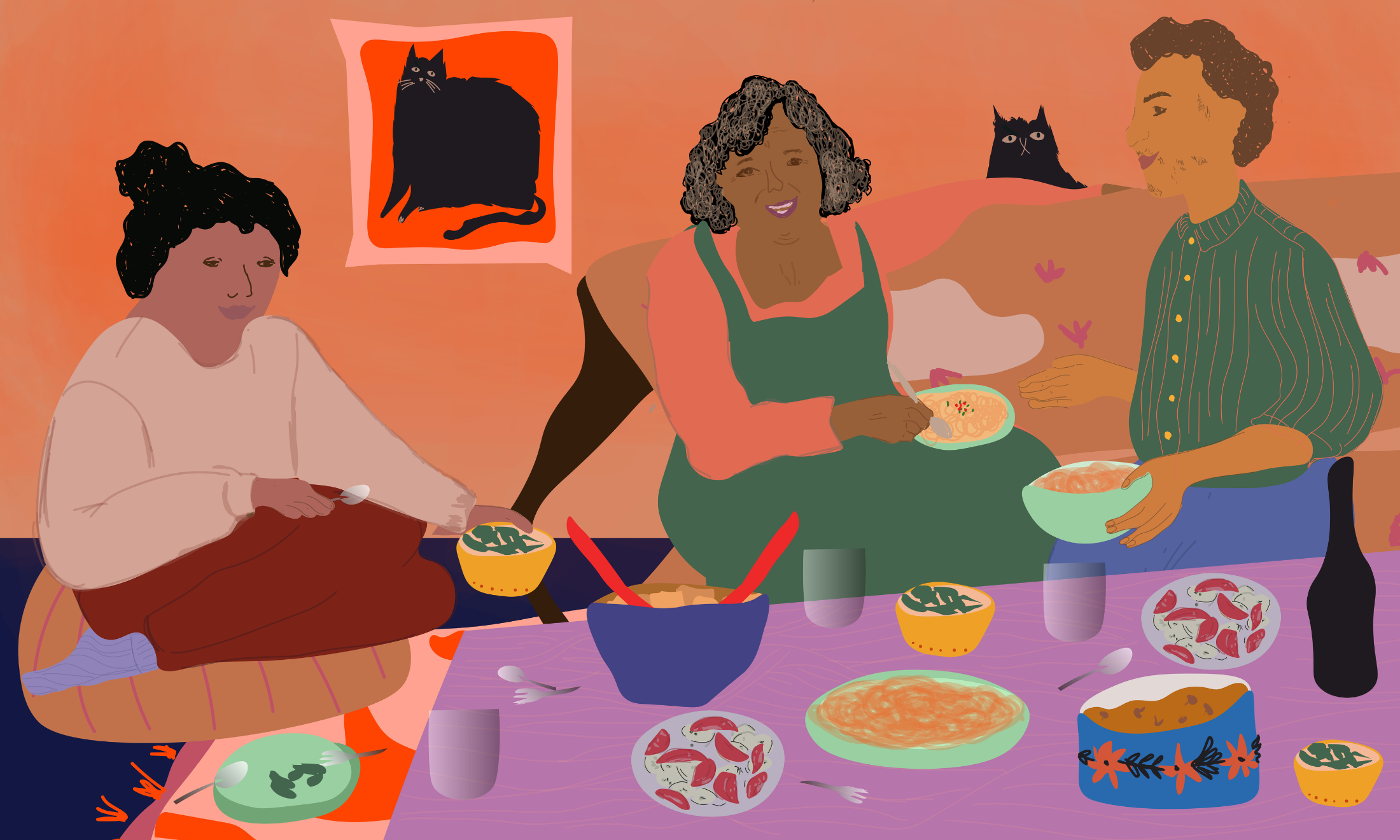
Was 2020 the beginning of the end of gender?
Jadzia Samuel investigates how a year of isolation has helped young people all over the world explore gender beyond the binary.
Jadzia Samuel
18 Apr 2021
The past year has been uniquely challenging for millions of people experiencing national lockdowns, with many almost entirely cut off from social interaction. However, while the period of isolation has presented many challenges, some people have used the year as an opportunity for self-discovery.
Young people from all over the world have been rejecting the traditional gender binary and branching away from conventional labels. Non-binary and gender-nonconforming communities have rapidly grown online, especially on social media platform TikTok.
Non-binary genders – any gender which falls outside the man and woman binary – are far from a new concept. As an umbrella term, being non-binary can mean many things to different people – for some it can mean a lack of gender, while others describe it as a feeling of fluidity. Many people use variations of ‘they/them’ pronouns, but others also use alternative pronouns (such as ‘Xe’ or ‘Thon’), known as neopronouns. (The first recorded use of “Thon” was in 1858!)
So, if non-binary identities are nothing new, why does it feel like gender diversity is now on the rise?
The freedom of isolation
More than 30 years ago, political scientist Judith Butler argued that gender is nothing but a social performance. She believes that gender only exists within a series of gendered behaviours – like the way we dress, speak, and act – all of which are dictated by social expectations. As far as Butler is concerned, gender is tied to social interaction. Does this mean, when social interaction is removed from the equation, people have more freedom to express their true selves?
Gara Lonning (they/them), 24, came out as transgender and nonbinary three years ago. However, during lockdown, the New York-based comedian experienced another period of self-discovery. “I’ve really claimed the term ‘transmasculine’ [as] a nonbinary transmasculine person,” they say.
“Being perceived is kind of a nightmare”
Gara Lonning
Quarantined in their room, free from the weight of social judgement, Gara felt able to explore their identity more openly. “Being perceived is kind of a nightmare,” they note. “When no-one is affecting your choices on your body and no-one is really affecting the way that you see yourself, you can see yourself in a very honest and clear light.”
Across the Atlantic in the UK, 18-year-old Elena* (she/they) underwent a similar gender epiphany. Everything changed when her school closed; Elena’s A-level exams were cancelled, she was unable to see her friends and she found herself alone in her bedroom with nothing but time on her hands.
While they had never previously questioned their gender identity, Elena began to feel an unexpected sense of freedom during lockdown. “I wasn’t around anyone, so I wasn’t having to perform being a woman,” they say. “I began to think about who I was as a person and how I wanted to be seen.”
For Elena, the use of multiple pronouns allows them to explore their femininity, while still embracing the non-binary label. “I don’t feel like a woman or a girl,” they explain. “But I still lean towards femininity much more than masculinity. […] Pronouns don’t dictate gender, and gender doesn’t dictate pronouns,” she adds.
Likewise, London-based student Kia Clemens (they/them), 22, found that a year of solitude helped strengthen their gender identity. Although they came out as non-binary three years ago, they began to gain more confidence: “During lockdown, I have had time to reflect on my pronouns and how important it is to me that people say ‘them’,” Kia says.
Both Kia and Elena feel that, alongside the freedom of lockdown, social media played an important role in their gender journeys.
The TikTok boom
The surge of TikTok is arguably one of the biggest things to happen to the internet in 2020. The app is currently used by nearly 700 million people across the world, and for many, it has become a hub for LGBTQI+ culture.
“I would never have been so into TikTok if it wasn’t for lockdown,” Kia admits. “Seeing all these artists coming about and saying they are ‘they/them’ made me feel more confident in myself.”
“TikTok has really shown me that there are so many different ways to present yourself as a nonbinary person”
Elena
Elena feels that the app offered them a better understanding of gender identities. “TikTok has really shown me that there are so many different ways to present yourself as a nonbinary person,” she says. “I still dress very feminine, but you don’t necessarily have to be androgynous to be non-binary. Gender is a social construct. It’s made up, so it can be whatever you want it to be.”
Although Kia and Elena both feel comfortable sharing their gender identity online, they fear backlash and misunderstanding from others in the physical world.
“Being Black, you have certain expectations of you, especially when it comes to family,” Kia says. “You have to act a certain way, so being nonbinary can be tricky.”
The gender binary as a colonial legacy
As an British Asian teen, Elena found that disconnecting from colonial narratives became an important aspect of her gender journey. In light of worldwide protests against racial injustice throughout last summer, Elena says she grew more aware of the British Empire’s damaging legacy.
“The gender binary never really existed until Western imperialism,” they point out.
Numerous gender-diverse cultures existed for hundreds of years across the globe – from Pakistan to Peru. However, under European colonial rule, these identities were repressed in favour of the Western binary standard.
In India, 22-year-old queer activist and poet Aditya Tiwari (he/him) says that India once embraced celebrated diverse gender identities. “Everything changed after the British Raj,” Aditya says. “In Hindu culture, transgenders were considered very divine […] Even Islam speaks about the third gender.”
When British imperial forces enforced the gender binary, the genderfluid Hijra community began to experience severe repression. The Hijra people were once considered to be demigods, Aditya explains, with communities spanning across India, Bangladesh, Pakistan, and Nepal.
Nowadays, however, he fears prejudice has been ingrained into Indian society. “There is no awareness of LBGT issues in India,” he says.
“We are watching a trans-euphoric revolution”
Gara Lonning
Although lockdown allowed some genderqueer youths space for liberation, Aditya had the opposite experience. “I used to be comfortable expressing myself in any way. I would interchangeably use both masculine and feminine pronouns,” he says. During lockdown, Aditya became preoccupied thinking about how he was perceived by the outside world.
The ban of TikTok in India came as another blow to Aditya, who had found much-needed representation on the app. Although he has found ways to connect with LGBTQI+ communities on Instagram, he believes that more awareness is still needed. “The most important thing is representation,” he says.
Aditya does believe that attitudes towards LGBTQI+ issues have started to change in India, and is hopeful for the future: “We’re rethinking gender and that’s awesome.”
The wave of people challenging the gender binary during these past 12 months of freedom from social judgement just goes to show the diverse and fluid nature of gender. For Gara Lonning, increasing numbers of young people embracing non-binary identity is nothing short of a “trans-euphoric revolution”. And as we make our way back into a pre-lockdown state of normality, this ‘revolution’ can continue to expand.
Gender is a human-made concept and will constantly evolve to fit the social norms of the day – but we, as members of that society, have the power to dictate those norms.






